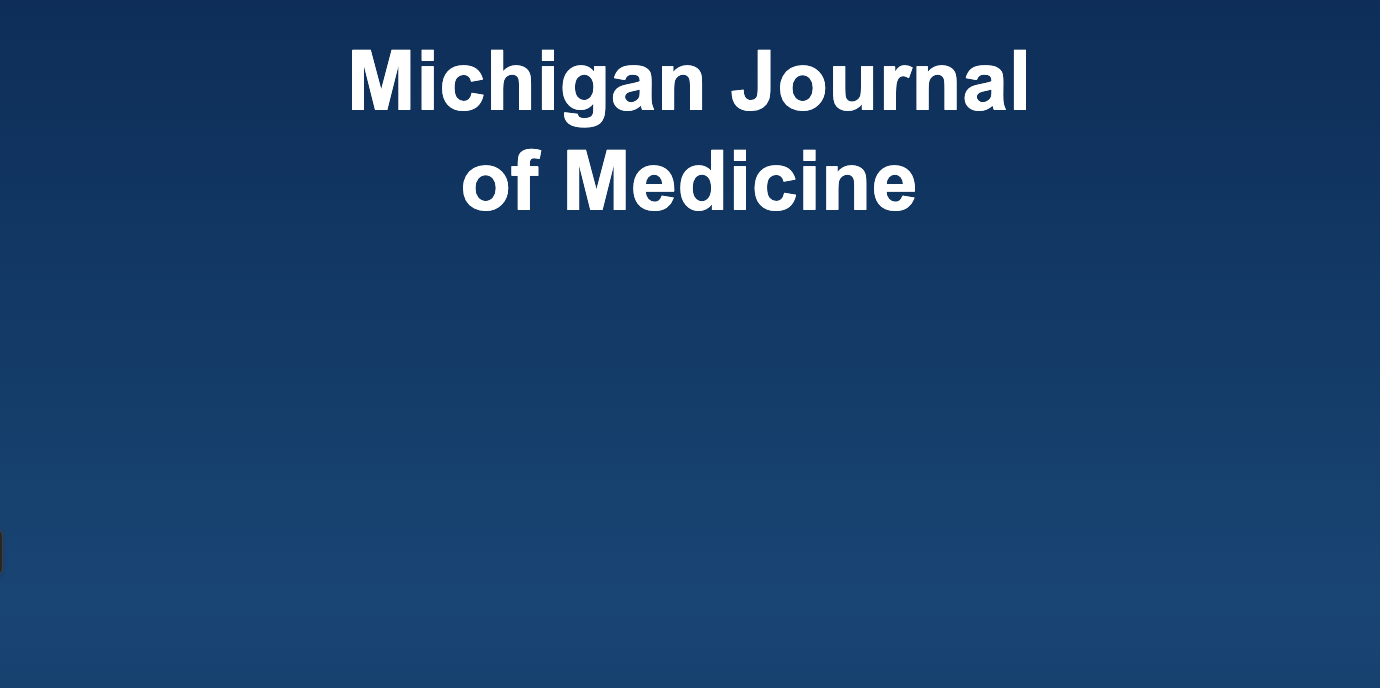The COVID-19 pandemic transformed healthcare delivery, and its enduring disruptions continue to reshape patient care and access to essential services. A recent study by Morse et al. sheds light on a concerning trend: sustained decreases in HIV pre-exposure prophylaxis (PrEP) prescriptions, even into the third year of the pandemic. This research, focusing on a large community health center in Boston, challenges the assumption of a swift return to pre-pandemic healthcare patterns and reveals evolving complexities in HIV prevention.
What sets this study apart is its longitudinal approach, extending beyond the initial disruptions of 2020. By examining data through mid-2022, the authors demonstrate that the decline in PrEP prescriptions is not merely a temporary setback. This sustained decrease diverges from national trends and suggests a fundamental shift in PrEP usage patterns within the studied population.
The study’s findings have significant implications for public health strategies. The disproportionate impact on younger individuals (under 30 years old) and the uninsured is particularly alarming, highlighting potential disparities in access to care. This work serves as a critical reminder that the COVID-19 pandemic’s impact extends far beyond immediate mortality and morbidity. Sustained decreases in PrEP prescriptions could be a result of increased use of on-demand PrEP use, abstinence, disengagement from care, or receipt of PrEP care elsewhere.
Understanding these longer-term consequences is essential for developing effective strategies to mitigate the pandemic’s impact on HIV prevention, re-engage vulnerable groups, and address the barriers they face in accessing PrEP. Taken together, this original research study offers insights that are critical to ensuring equitable PrEP access, and in turn, the future of HIV prevention.
Conflicts of interest
The authors have no conflicts of interest to disclose

